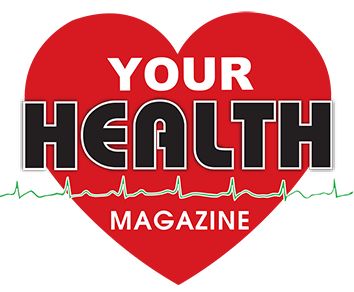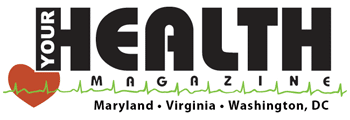
More Mental Health Articles
Acupuncture
The science of acupuncture is an important component of Traditional Chinese Medicine (TCM) used in prevention and treatment of disease. Acupuncture therapy has been accepted by many people for thousands of years.
Acupuncture has its roots deeply planted in China. Many authorities agree the science is between 5,000 and 7,000 years old. Its use spread throughout ancient Egypt, the Middle East, the Roman Empire and later into Western Europe as merchants and missionaries to China told of the discoveries. Acupuncture did not become known on a national level in the US until after 1971 when diplomatic relations between China and America were relaxed.
At first glimpse, acupuncture appears strange, as it is primarily known as the utilization of needles placed in the skin at various locations to relieve pain or affect a body part.
Early Chinese physicians believed there was an energy network traversing just below the surface of the skin which communicated from the exterior to the internal organs and structures over 1,000 “acupoints” on the body. This energy is thought to work in harmony with the bodys circulatory, nervous, muscular, digestive, genito-urinary and all other systems of the body. When this vital energy becomes blocked or weakened, an effect in a body system or anatomic location becomes evident. Stimulation of one or a combination of key acupoints on the body may restore harmony to the affected area.
The theory is that energy of the human body flows over twelve meridians or channels that are normally well balanced. If a disruption of energy flow exists, it can alter the entire system, producing pain or symptoms in the body.
The goal of acupuncture is to restore normally to the bodys energy balance by utilizing a combination of acupoints located on the twelve meridians with needle or without needle.
The World Health Organization, working with the International Acupuncture Training center of the Shanghai College of Traditional Chinese Medicine, has indicated acupuncture can be effective in the following conditions Acute and chronic pain relief, migraine, headaches, trigeminal neuralgia, neck pain, and mid-back pain, low back pain, shoulder pain, elbow pain, post-operative pain relief, GI problems, asthma, allergies, skin conditions, hemorrhoids, abnormal blood pressure, fatigue, anxiety, neurologic syndrome, and various eye problems.
Other Articles You May Find of Interest...
- Women’s Mental Health
- Integral Eye Movement Therapy and Relationships
- Overcoming Anxiety: Psychological Strategies That Work
- Mental Health and Wellness: Tips for Maintaining a Balanced Life
- Ten Acts That Can Surprisingly Improve Your Mental Health
- The Future Of Mental Health: Tech Trends To Watch
- How to Create a Supportive Home Environment for Depression

















